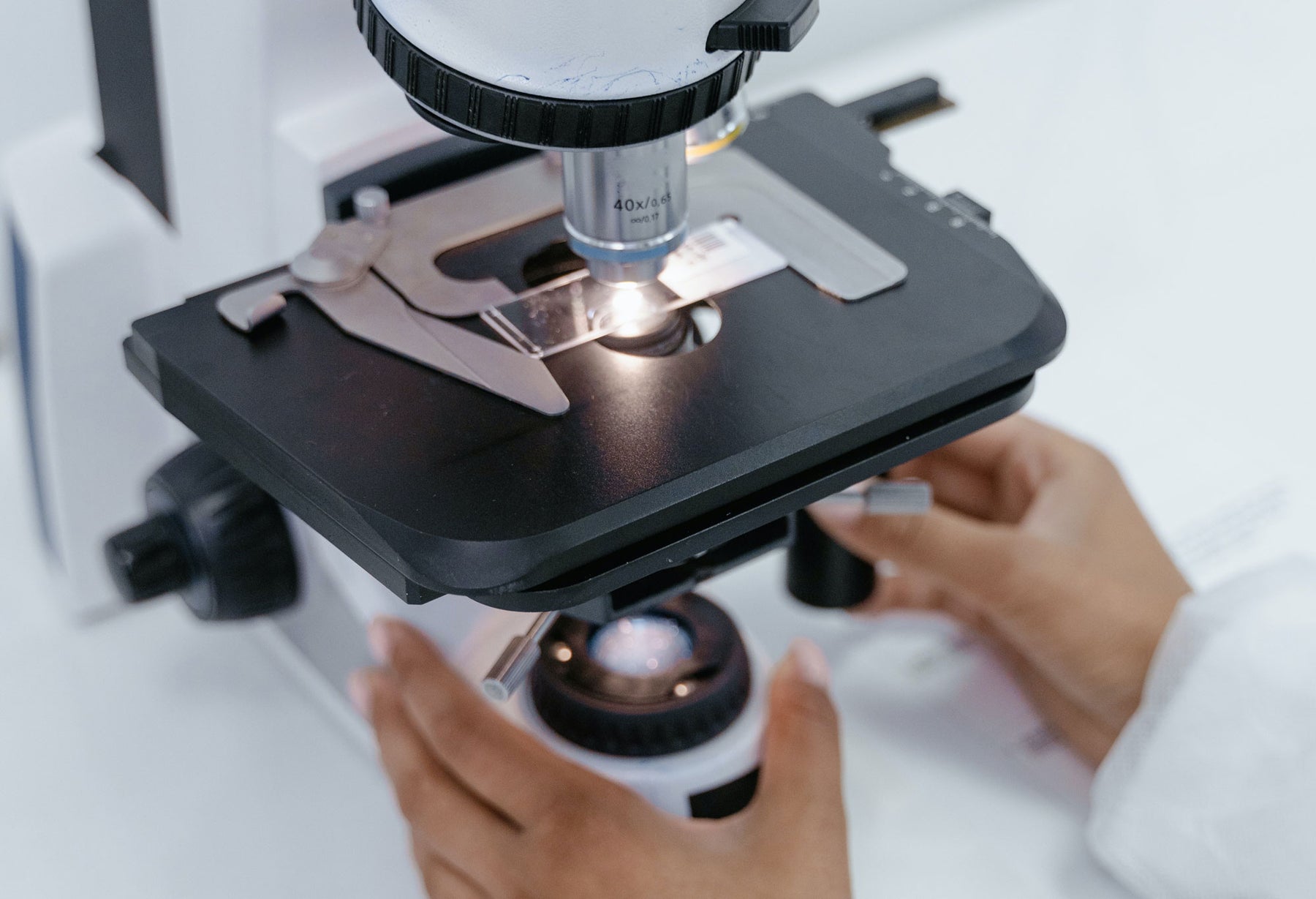
Microscope Lighting - Which is Best LED or Halogen
Microscope lighting – halogen or LED?
If you’re looking to buy a microscope, you might wonder about the practical differences between the two main lighting options – halogens and LEDs.
In most situations they’re both great choices that will perform admirably. However, they do have some differences you should know about.
LEDs
LEDs are popular in homes and many industries, and microscopy is no different. The big advantages of LEDs are their longevity, even lighting, low heat and energy efficiency.
Life span
LEDs have a life span of 20,000 to 50,000 hours. They will likely not need to be replaced for years, perhaps never! This long life means you won’t have to worry about buying replacements – saving yourself time and money. They are also more environmentally friendly (fewer bulbs to dispose of).
A potential downside is that LEDs tend to be built into your microscope, so if you’re unlucky enough to suffer a failure you might have to pay for them to be replaced professionally.
Light characteristics
LEDs produce a strong, even light.
Unlike halogens, they maintain a consistent colour temperature during changes in light intensity. This reduces the need for white balancing when taking photos and it can also prevent eye fatigue resulting from colour changes.
The colour of the light is also consistent throughout the lifetime of the LEDs, unlike halogens which gradually become more yellow over time.
LEDs also do not produce UV light, so they cause less eye fatigue, discomfort and possible eye damage than halogens.
Early LEDs had a poor reputation for uneven light intensity across the visible spectrum and an inability to render the proper colours of samples. However, modern LEDs have all but eliminated these defects and now produce comparable performance to halogens.
Low heat
Something many people don’t consider when buying a microscope is the heat produced by the light source.
This can be an important when dealing with living specimens or wet/aqueous samples. Heat can damage or kill organisms and can cause samples to dry out or oxidise if they’re under hot light for too long.
LEDs produce little to no heat, so they’re an excellent choice for those situations. A small bonus – if you use your microscope in a small room, it can also help keep the ambient temperature comfortable.
Energy efficiency
LEDs are very energy efficient. They use far less power than other light sources, which reduces running costs and associated environmental effects.
Halogens
Halogen bulbs are a traditional style bulb with a filament inside a glass casing. They produce a bright light that was once preferred for laboratory and medical work because of its excellent colour rendering and uniform lighting across the visible spectrum.
Halogen lights still perform admirably as illumination, but they do have a few drawbacks.
Life span
Halogen bulbs have a much shorter lifespan than LEDs, with an average life of 500 to 1000 hours.
While they will burn out much more often, they are also easier to replace as you can switch out the bulb just like any household bulb – with the bonus of less disruption to your work. On the other hand, the cost of replacement bulbs will add up and replacing them creates more environmental waste than LEDs.
Note: Never directly touch the glass of a halogen bulb – the oil from your skin will create a hotspot on the glass when it’s turned on. This can lead to cracking and early failure, or a dangerous explosion.
Light characteristics
As mentioned, traditional halogens have generally excellent colour performance and illumination qualities.
But they have an issue where the colour temperature changes with different brightness levels. This inconsistency is sometimes a problem for photography and can also lead to eyestrain.
The colour of a halogen lamp will also change over the course of its life, moving from bright white to yellow.
As halogen light is within the ultraviolet spectrum, long exposure can cause eyestrain and discomfort faster than with LEDs.
Heat
Halogens run hot. This can be detrimental to temperature-dependent samples and can heat up your workspace.
Conclusion
Both halogens and LEDs provide excellent illumination, and they will serve you well in most scenarios.
However, LED technology continues to advance and earlier weaknesses are being actively corrected. While older models were considered inferior in technical settings due to colour concerns, newer models have largely caught up. Halogens now have fewer advantages by comparison and considerable drawbacks.
If you must choose between a modern LED microscope and a halogen microscope, you should probably take the LED. But if cost or accessibility is an issue, good old halogens won’t let you down.
